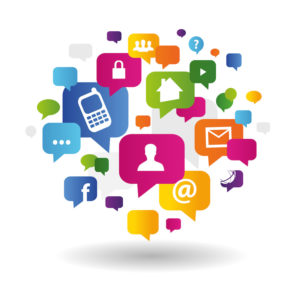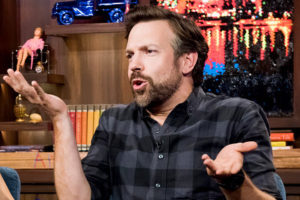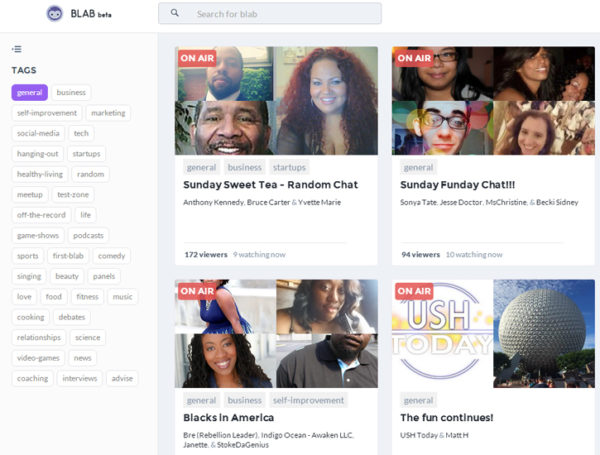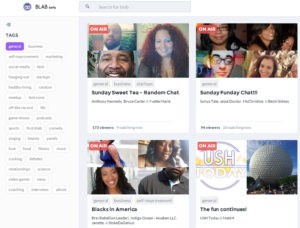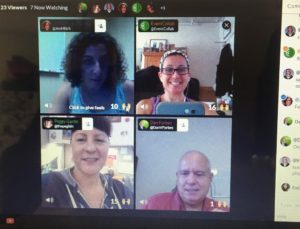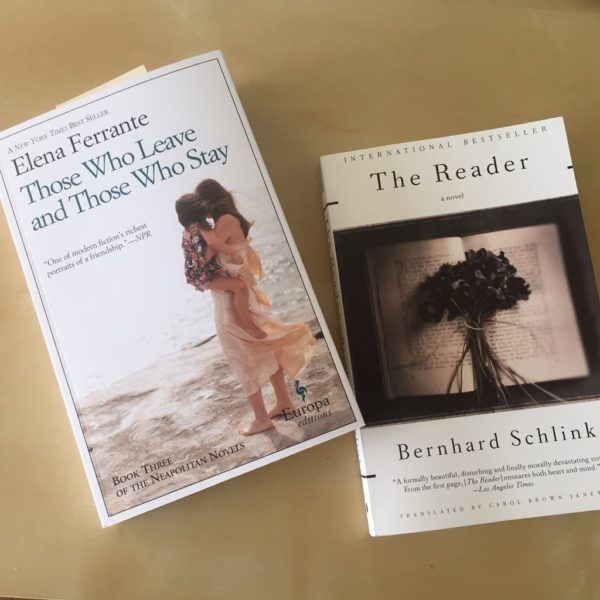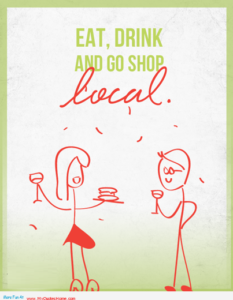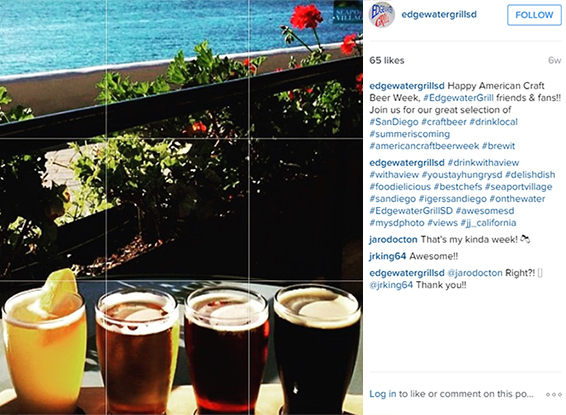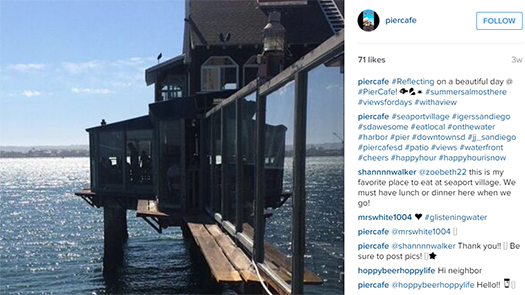I’m not alone in calling Jessika Phillips a soul sister, but my (core) reason might be a bit different 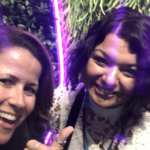 from others. It’s a little unorthodox to write a thank you letter openly as a blog post, but the more I thought about it, the more I thought there are some killer lessons to be learned from this gratitude.
from others. It’s a little unorthodox to write a thank you letter openly as a blog post, but the more I thought about it, the more I thought there are some killer lessons to be learned from this gratitude.
So, here we go!
Jessika, I’m pretty sure I saw you speak before (I knew) we had mutual friends. Your talk was about relationship marketing and I had to be there to see if your viewpoint was in line with mine. I used to be in sales in the event space — first in a venue and then in audio visual production. I happened upon sales by accident, but I was pretty good at it. One thing I never did, though, was cold call or what I like to call “dialing for dollars.”
See, I learned early on that I could attend industry conferences and networking events, and meet people who could become customers. I was strategic in which events I went to and with whom I (intentionally) spoke, but I never overtly sold to them. I established a relationship – they would learn what I do – and one day we might get an opportunity to work together (I built a $2.5 million book of business this way, btw).
RELATIONSHIPS Matter
Of course they matter because that’s how you build trust. A highly respected consultant in the AV space said once that people who claim they are “relationship sales people” are kidding themselves (I’m paraphrasing). Now, of course there was more dimension to the discussion, but I’ll never forget reading that and thinking – nah, not if you do it right.
THANK YOU, Jessika, for articulating the C.A.R.E. approach: “Capture Attention, Articulate Message, Relationships (for repeat and referral business), and Exceptional Experience” in your talks.
I was delighted to hear this was recognized as “a real thing” in marketing also, as I had seen it work for me first-hand in sales.
RETURN on Relationships
About 11 years ago I read a book called It’s Not Just Who You Know by Tommy Spaulding. He talks about “relationship economics” or “relationship capital.” There are many levels to this (too much to get into in a thank you note!), but at the heart of it is what you teach, Jessika. One quote from his book highlights it well: “…it’s never been more important to figure out how an organization can give more than lip service to the idea of building a culture that values authentic relationships, because relationships have become the currency of the modern economy.”
I know I’ve heard you say a version of this, and it’s remarkable how you not only walk the walk yourself, but you have built a culture in your company NOW Marketing Group where everyone is on board with this concept. And as an event professional myself, I was beyond impressed earlier this month to see how you built this concept and feeling into your conference, Social Media Week Lima (SMWL).
Your company, your event, your personal brand — they have all expanded because of who you are. Because you not only live in authenticity, empathy, curiosity, and gratitude, but you make those around you want to live in these too.
THANK YOU for proving that relationships matter, but also that we need to nurture them.
STORIES Matter
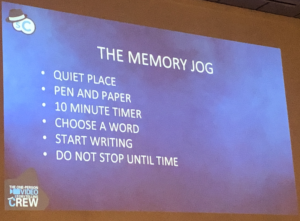 As Chad Illa-Peterson gave his talk at #SMWL21 on how we all have stories within us, he shared that our stories are our unique selling proposition. He provided some exercises we can do to work our creative storytelling muscles. After one of the exercises he shared I found myself thinking about how, exactly, I ended up in that event center in Lima, Ohio.
As Chad Illa-Peterson gave his talk at #SMWL21 on how we all have stories within us, he shared that our stories are our unique selling proposition. He provided some exercises we can do to work our creative storytelling muscles. After one of the exercises he shared I found myself thinking about how, exactly, I ended up in that event center in Lima, Ohio.
In brief (succinctly going back ~9 years)…
-
- I worked for a non-profit where I needed to learn more about social media
- I joined the San Diego Social Media Club
- The club had an event at a restaurant owned by a group I had worked for
- I approached them and won the business (managed their marketing for 6.5 years)
- Club members talked about an event – Social Media Marketing World (SMMW) in ’13
- I attended SMMW14 where I made a ton of friends I still have today
- I met Phil Mershon (SME’s SMMW Director of Events) in ’15 at the Corporate Event Marketing Association (CEMA) Summit, and shared I had attended his event for the past two years
- I got to know Phil and helped him with his audio visual production selection for the following year
- I volunteered on the SMMW Community team, working under Jen Cole in ’17, and a wonderful friendship was formed
- Jen and I started a marketing podcast with our friend Elizabeth in August of ’17
- Jessika Phillips was referred to have on the podcast–and our relationship started
- I got to know Jessika and this extended group of amazing friends over the years
- Jessika hosted a networking event she invited me to at SMMW
- I kept hearing about what a great experience SMWL was, but wouldn’t make 2020
- 2020 happened and #SMWL20 did not
- Jessika hosted me at #SMWL21
- I made a handful of new contacts & friends – new relationships… What’s next?
CUMULATIVE Advantage
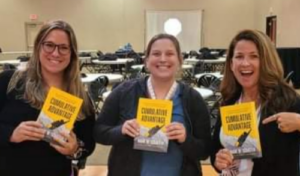 Another cool thing that happened at SMWL — Chad gifted me a signed copy of Mark Schaefer’s new book Cumulative Advantage. As I read this book, I can’t help but think it’s these relationships I’ve built over time that are cumulative. Those relationships I built while in sales? They are exactly what led to the success of my own business for almost eight years now! “Success is a collision of events” is one section of the book (in chapter two). I was able to build and maintain a successful business because almost all of my clients came by referral from this accumulation of relationships.
Another cool thing that happened at SMWL — Chad gifted me a signed copy of Mark Schaefer’s new book Cumulative Advantage. As I read this book, I can’t help but think it’s these relationships I’ve built over time that are cumulative. Those relationships I built while in sales? They are exactly what led to the success of my own business for almost eight years now! “Success is a collision of events” is one section of the book (in chapter two). I was able to build and maintain a successful business because almost all of my clients came by referral from this accumulation of relationships.
Of course, I wasn’t thinking about it in this exact way at the time, but I built relationships and did good work… Looking back, Mark has also made me realize I took specific actions to “sway serendipitous fate” in my favor. I intentionally built relationships, hoping they would bring me business in the short term, while knowing it was about more than that (even back then).
THANK YOU for bringing this incredible group of people together.
EVENTS In Person – They Hit Different
I nurtured existing friendships. I have a dozen new friends. I have several new podcast guests. And I have some potential for new business relationships. This happened because you brought us together and you enabled me to be there!
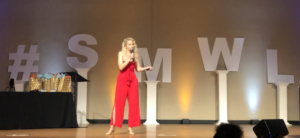 Jessika, you also put together a rockstar speaker lineup. I didn’t leave with a long list of tactics to put into place, but almost every speaker got me thinking — truly thinking — about how to move forward on goals I’m setting for myself.
Jessika, you also put together a rockstar speaker lineup. I didn’t leave with a long list of tactics to put into place, but almost every speaker got me thinking — truly thinking — about how to move forward on goals I’m setting for myself.
Relationships are only as good as the work we put into them — we have to nurture them. Environments that meetings and events afford us provide the framework, but it’s the people who 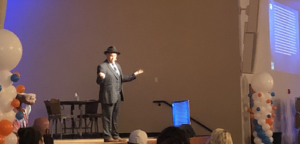 truly make experiences memorable.
truly make experiences memorable.
THANK YOU for all you do to teach about relationship marketing and for what you do to bring people together. I look forward to speaking with you and Mike Gingerich LIVE on Magnet Marketers on September 28th to explore exactly how events bring us together, and enable us to establish and nurture relationships.
I think this quote by Priya Parker from her book The Art of Gathering puts your event perfectly:
“A gathering run on generous authority is run with a strong, confident hand, but it is run selflessly, for the sake of others.”
INDEED.
P.S. For those of you who are reading this (who aren’t Jessika)…
If you aren’t yet convinced relationships have a HUGE role in our marketing (nee, business), then you should sign up for this cool relationship marketing managers thing she has going.


